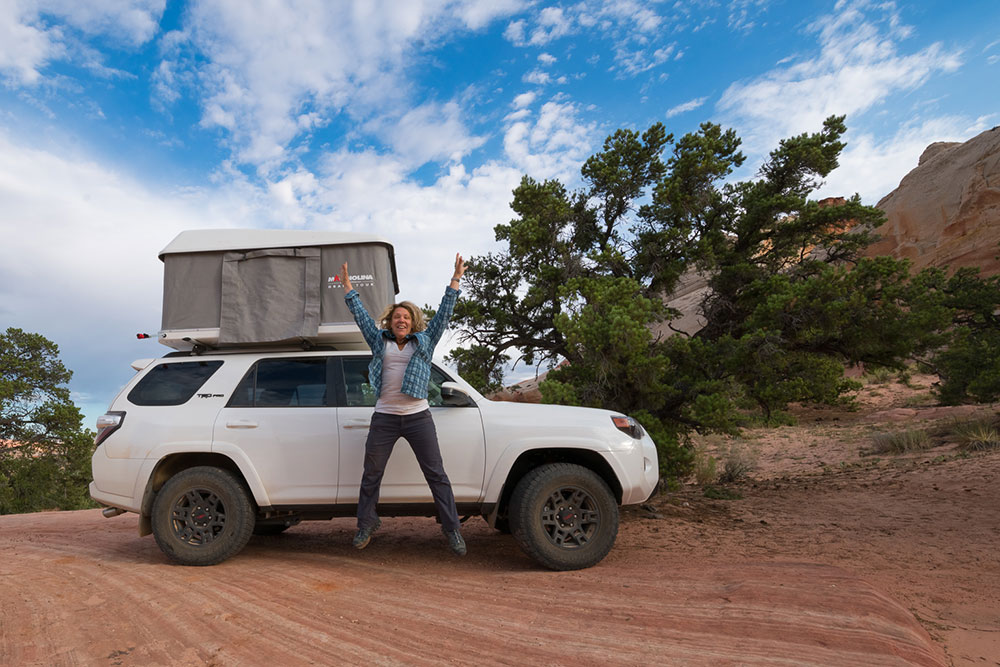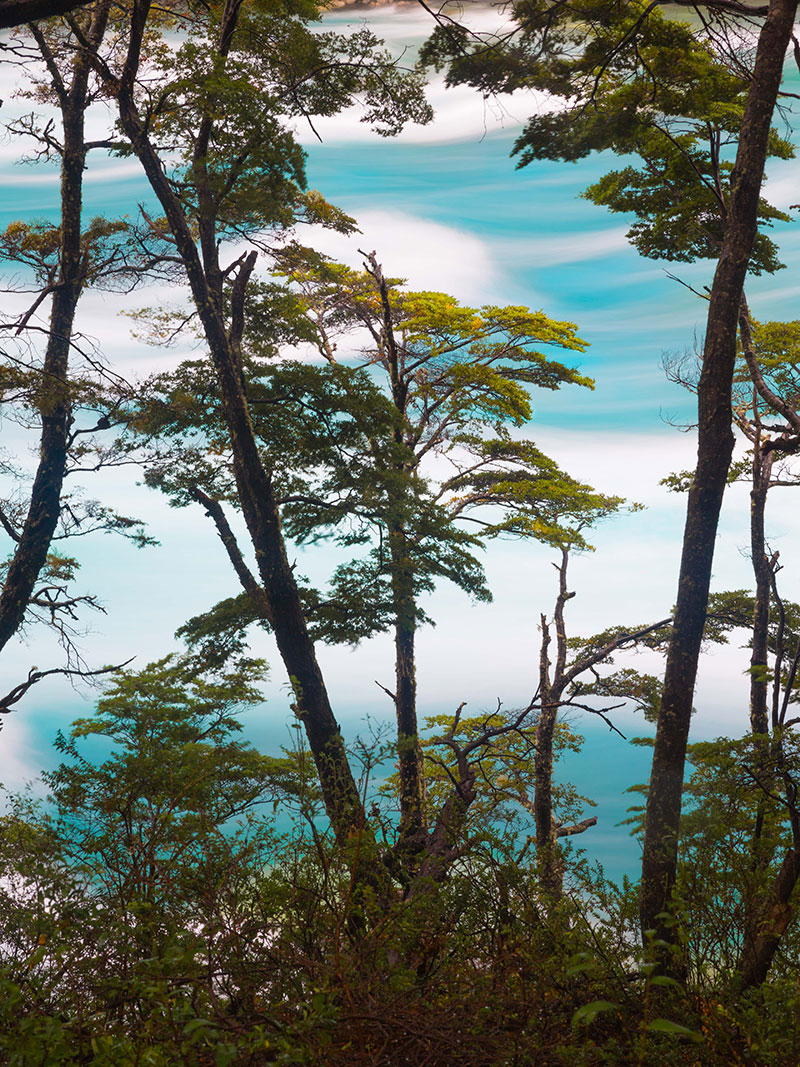The Marble Caves of Lago General Carrera – I had to see them in person to believe their surreal beauty. Getting there however, was another story. After 30 hours of flying, I waited in the small airport of Coyhaique, Chile, with hope that my guide showed up. I was so relieved when a woman called my name and spoke perfect English. We spent the next several days traveling together in her 4×4 truck through the incredible landscape along part of the Carretera Austral, a highway constructed to link small villages in Chile. “Highway” is a loose term as it is a rough dirt path with continuous pot holes that provided a lovely massage.
We eventually reached a small town on the western shore of Lago General Carrera after driving 200 miles to a town called Puerto Rio Tranquilo where we could access the Marble Caves. We stayed at a wonderful place where one is required to trade in shoes for woolen slippers upon entering. We dropped off gear and headed down the shore 5 kilometers to catch a boat to the caves at Bahia Mansa.
The Lake is the largest in Chile and is a glacial lake that spans 1850 square kilometers and crosses into Argentina. It flows out to the Pacific Ocean via the Baker River which should be included as part of your trip here. Large waves can develop from the famous Patagonia wind which can sometimes prevent sailing out to the caves. So make sure to plan a few days in the area exploring the Baker River Basin in case the waves prevent sailing to the caves.
The caves first appear as a large monolithic structure in the Lake and the swirling patterns, colors, and textures become visible as you approach. The marble has been sculpted from the glacial water of Lake General Carrera and its wave action over the last 6000 years.
The sculpted marble extends into a cave labyrinth both above and under water with different parts of the marble visible depending on the water level. Springtime has higher water levels and autumn has a lower water level which offers different photographic opportunities. Remember that South America has opposite seasons than North America.
Photographing the caves can be challenging as you are in a boat which is most likely rocking in the waves. Thus, using a tripod is not an option and one has to set a high enough ISO to allow for an aper-ture for a large depth of field and fast enough shutter speed to account for the wave action of the day. A wonderful way to experience the caves and photograph them would be by kayak to give yourself an afternoon of slowly exploring all their intricacies and getting lost in their incredible beauty.
Do you have any travel tips or unique photographic spots in South America? Share with us in the comments.

About the author: Seattle-based photographer and Emergency Physician Jennelle Marcereau travels the globe to capture landscapes that remind one to slow down and appreciate the splendor of nature. See more of her work at www.jennellemarcereau.com.
Have something to add to the story? Leave a comment or email editor@outdoorphotographyguide.com.






Wonderful pics. I wonder if you have made the trip over 7 days onboard the "Forrest" that travel in the patagonian fiords starting from Punta Arenas. If not, start thinking in doing this excursion. Amazing. I shall be onbord from the 9th to the 16th of feb. 2017. This will be my second expedition with this small ship that carries not more than 17 photographers. If you requiere more info. pls. let me know.